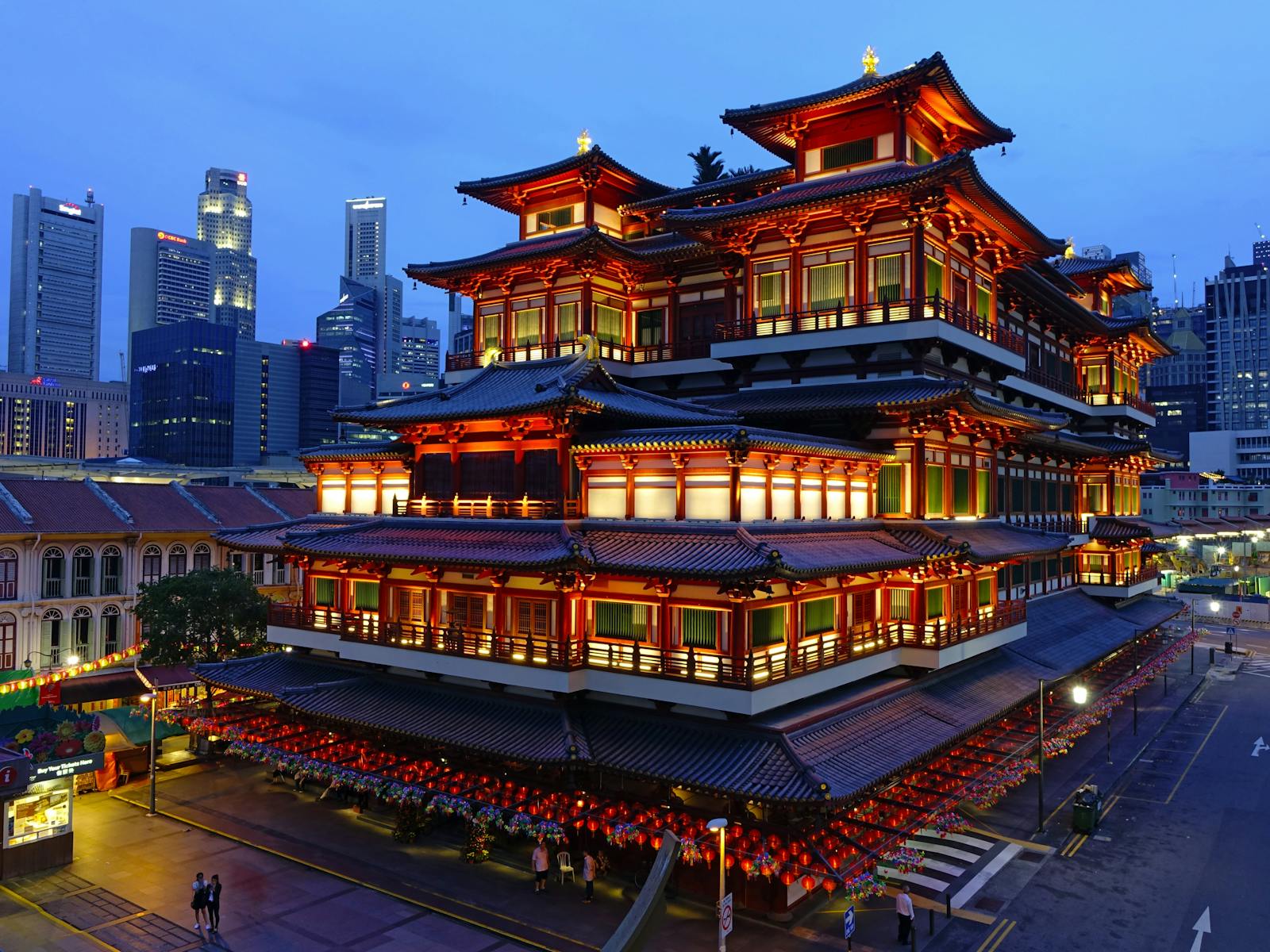Hey there, fellow travelers. When most people think of Asia, the first things that come to mind are the bustling streets of Tokyo, the iconic Great Wall of China, or the pristine beaches of Bali. Don’t get me wrong, these places are fantastic! But today, I want to take you on a different kind of journey—one that goes beyond the usual tourist spots. Let’s explore the hidden gems of Asia that haven’t yet been swarmed by the selfie sticks and tourist buses.
The Allure of the Road Less Traveled
There’s something magical about venturing off the beaten path, isn’t there? It’s like being let in on a secret that only a few lucky souls know about. I remember the first time I stumbled upon one of these hidden treasures. It was in the northern part of Laos, a little village called Muang Ngoi Neua. Have you heard of it? Probably not. And that’s exactly the point!
Nestled between towering limestone cliffs and bordered by the Nam Ou River, Muang Ngoi Neua is only accessible by boat. No cars, no noise—just the gentle sound of the river and the rustling of leaves. It was like stepping into another world. I spent my days hiking through the lush jungles, exploring hidden caves, and interacting with the locals who seemed genuinely surprised to see a foreign face. That’s the kind of experience you just don’t get in more popular destinations.
Why Seek Out the Hidden Gems?
You might be wondering, “Why should I skip the famous spots?” Well, let me tell you—it’s not about skipping them altogether. It’s about balancing your travels to include both the well-known and the obscure. The big tourist attractions are popular for a reason, after all. But by seeking out the less traveled roads, you get to experience a side of Asia that few people see.
Take the Philippines, for example. Everyone flocks to Boracay, and sure, it’s gorgeous. But have you heard of Calaguas? This stunning group of islands, located in the province of Camarines Norte, offers crystal-clear waters and powdery white sand beaches that rival any of the more famous spots. I spent a weekend there with a couple of friends, and we had the entire beach to ourselves. We set up a small tent, grilled some fresh fish we bought from local fishermen, and watched the sunset paint the sky in hues of pink and orange. It was pure bliss.
Not only do these hidden spots offer tranquility, but they also provide a more authentic cultural experience. You get to see how people live without the influence of mass tourism. It’s a chance to truly connect with the locals, learn about their traditions, and maybe even pick up a few words in their language.
How to Find Asia’s Hidden Gems
Now, you might be thinking, “This all sounds great, but how do I actually find these places?” Good question! The truth is, finding these hidden gems takes a bit of effort, but that’s part of the fun.
Start by talking to locals. When I was in Vietnam, I made it a point to chat with the café owners, taxi drivers, and even random people I met on the street. That’s how I discovered the beautiful village of Tam Coc. Just a few hours from Hanoi, this place is often overshadowed by Halong Bay, but let me tell you—it’s just as stunning, if not more so. The boat ride through the rice paddies, with towering limestone karsts on either side, felt like drifting through a painting.
Another tip is to use travel forums and blogs. Sites like Lonely Planet’s Thorn Tree forum and TravelFish are treasure troves of information from travelers who’ve been there, done that. I’ve found some incredible spots just by lurking in these forums and seeing where others have gone off the grid.
Lastly, don’t be afraid to wander without a plan. Some of my best travel memories come from the times I had no idea where I was going. I remember wandering through the streets of Galle in Sri Lanka, no itinerary in hand. I stumbled upon a tiny, family-run restaurant where the grandmother served up the best fish curry I’ve ever had. I sat there for hours, chatting with her in broken English, learning about her life, and even getting a quick cooking lesson!
Ethical Considerations
While discovering these untouched places is exciting, it’s important to tread lightly. Some of these areas are untouched for a reason—they’re fragile, both environmentally and culturally. Always respect local customs, and remember that you’re a guest in someone else’s home.
For example, when visiting tribal villages in the hills of Myanmar, it’s crucial to ask for permission before taking photos and to offer something in return for their hospitality. In some places, this might mean buying local crafts or simply leaving a donation that goes towards the community’s needs.
Also, be mindful of your environmental impact. These hidden spots often lack the infrastructure to handle waste or large numbers of visitors, so always carry out what you bring in. Leave no trace, as they say.
My Final Thoughts
Traveling to Asia’s lesser-known destinations has given me some of the most rewarding experiences of my life. It’s not just about seeing new places; it’s about the connections you make and the stories you bring back. When you step away from the crowds, you get to see the real Asia—its untouched beauty, its rich culture, and its incredibly warm and welcoming people.
So next time you’re planning a trip to Asia, why not go beyond the usual tourist spots? You might just discover something extraordinary.
Happy travels.
